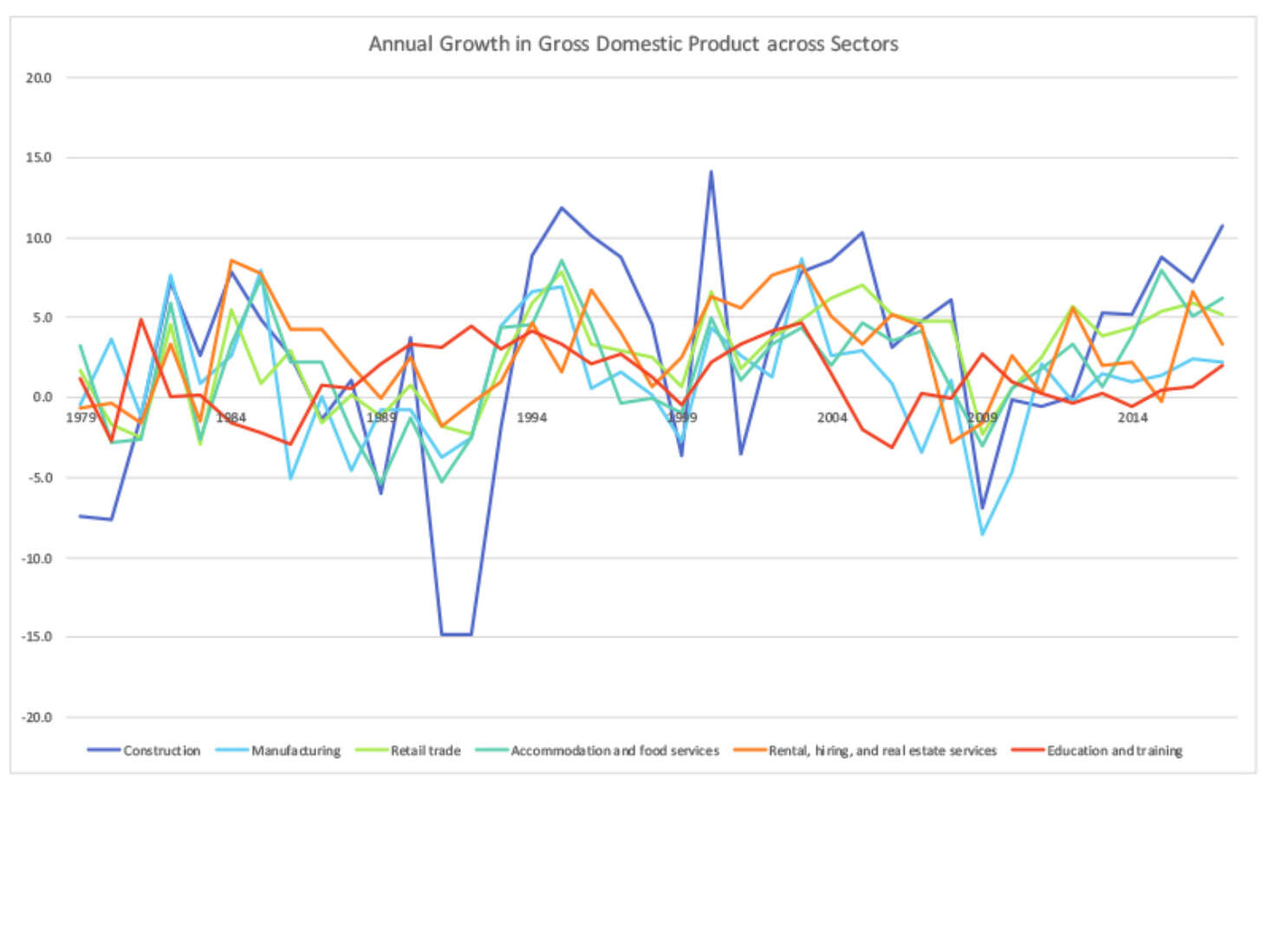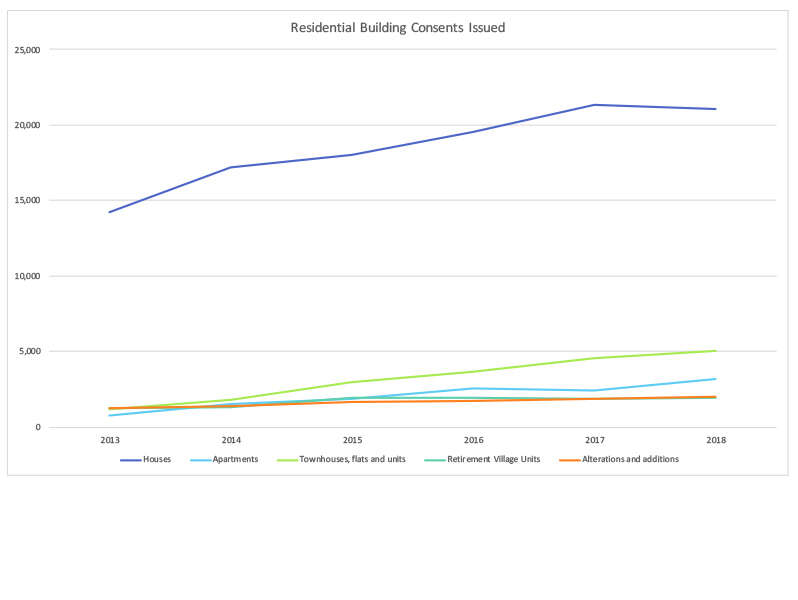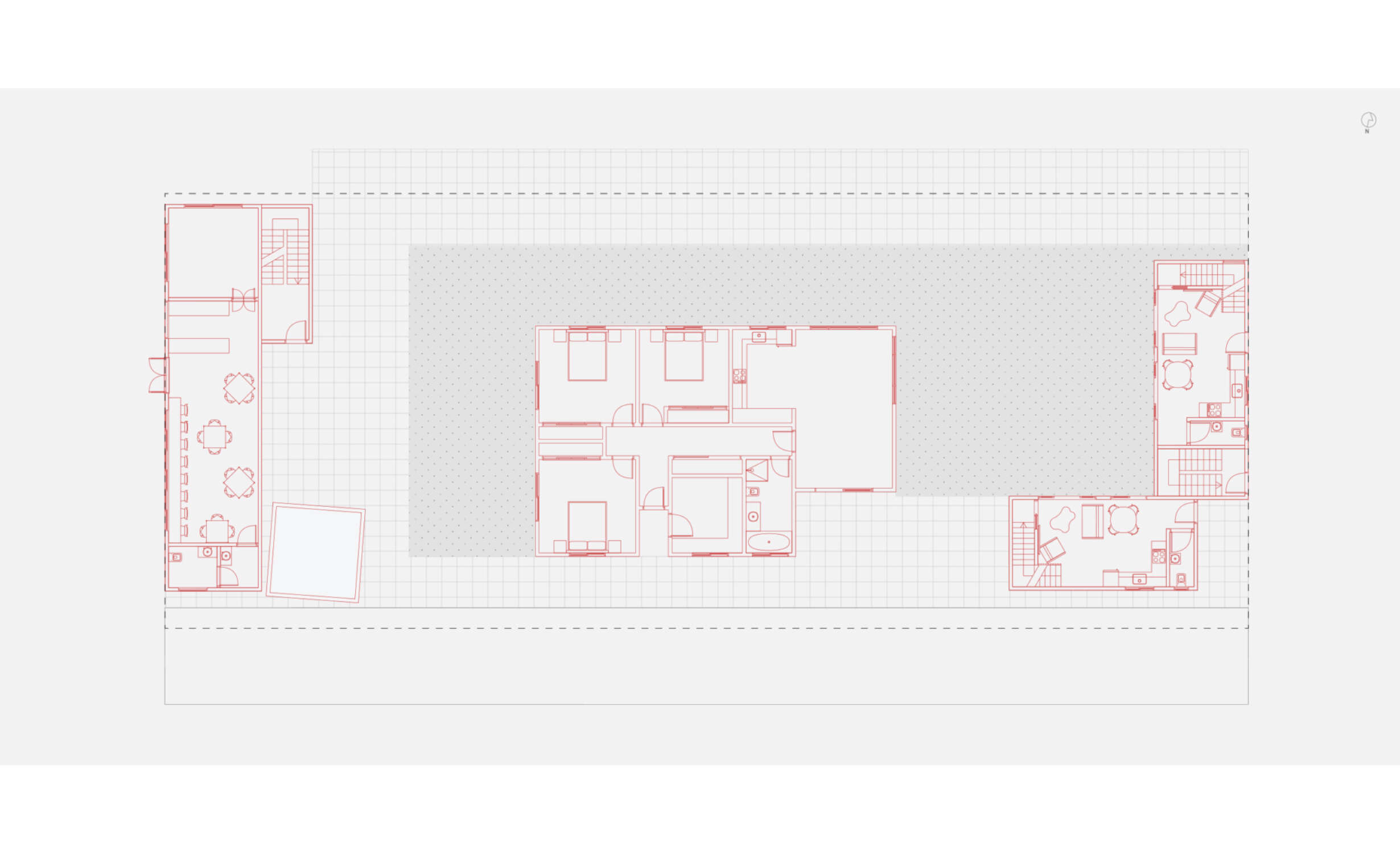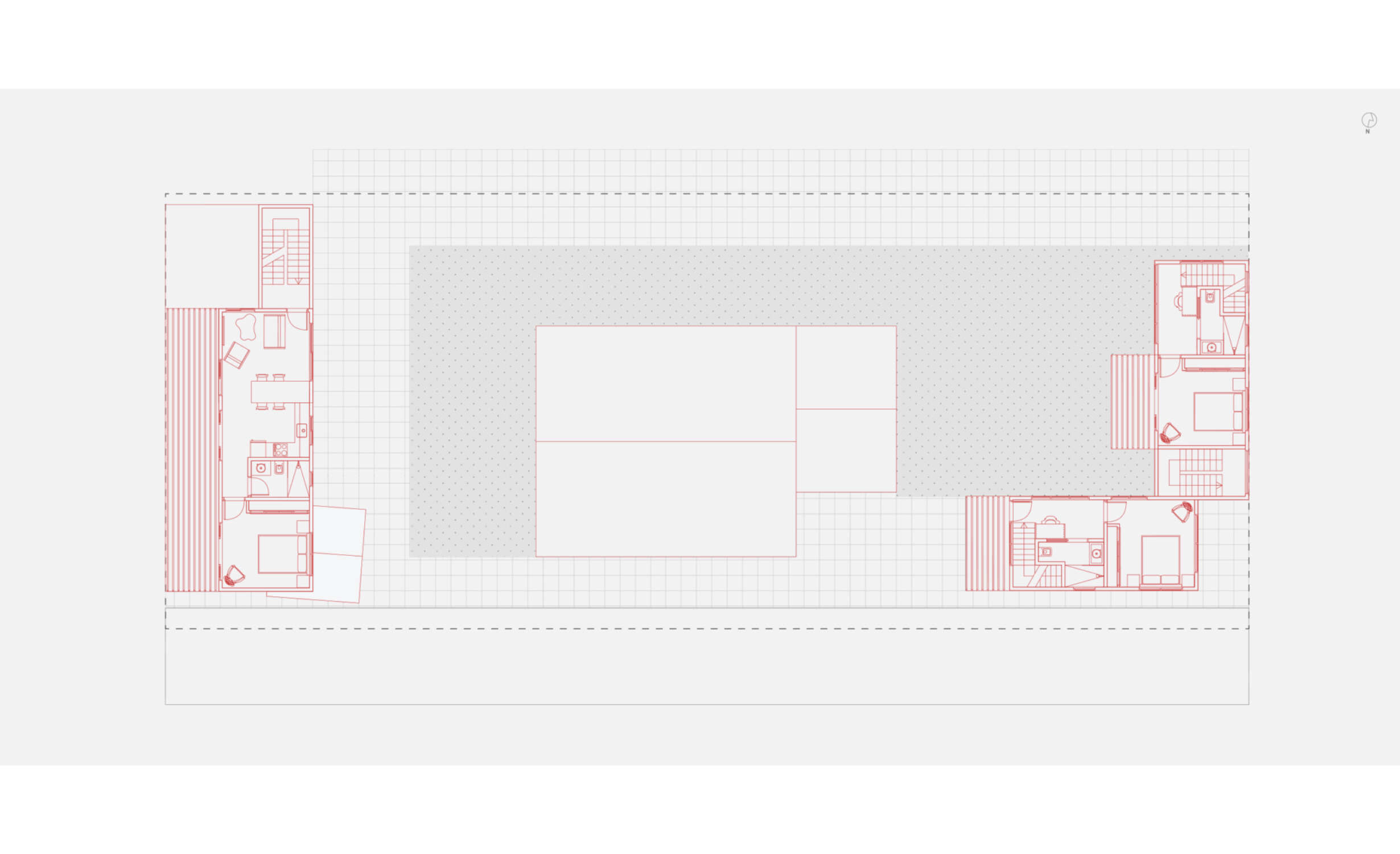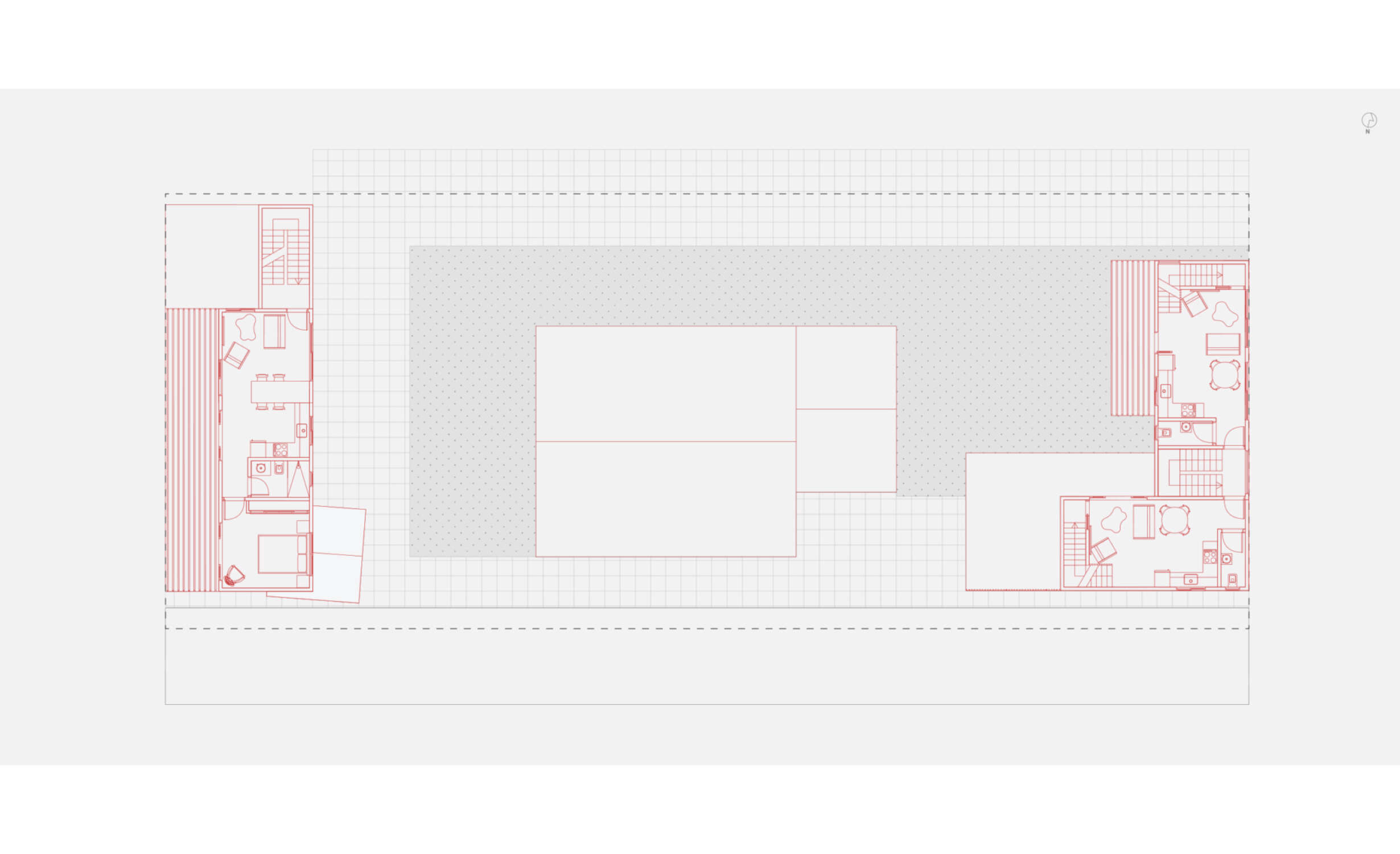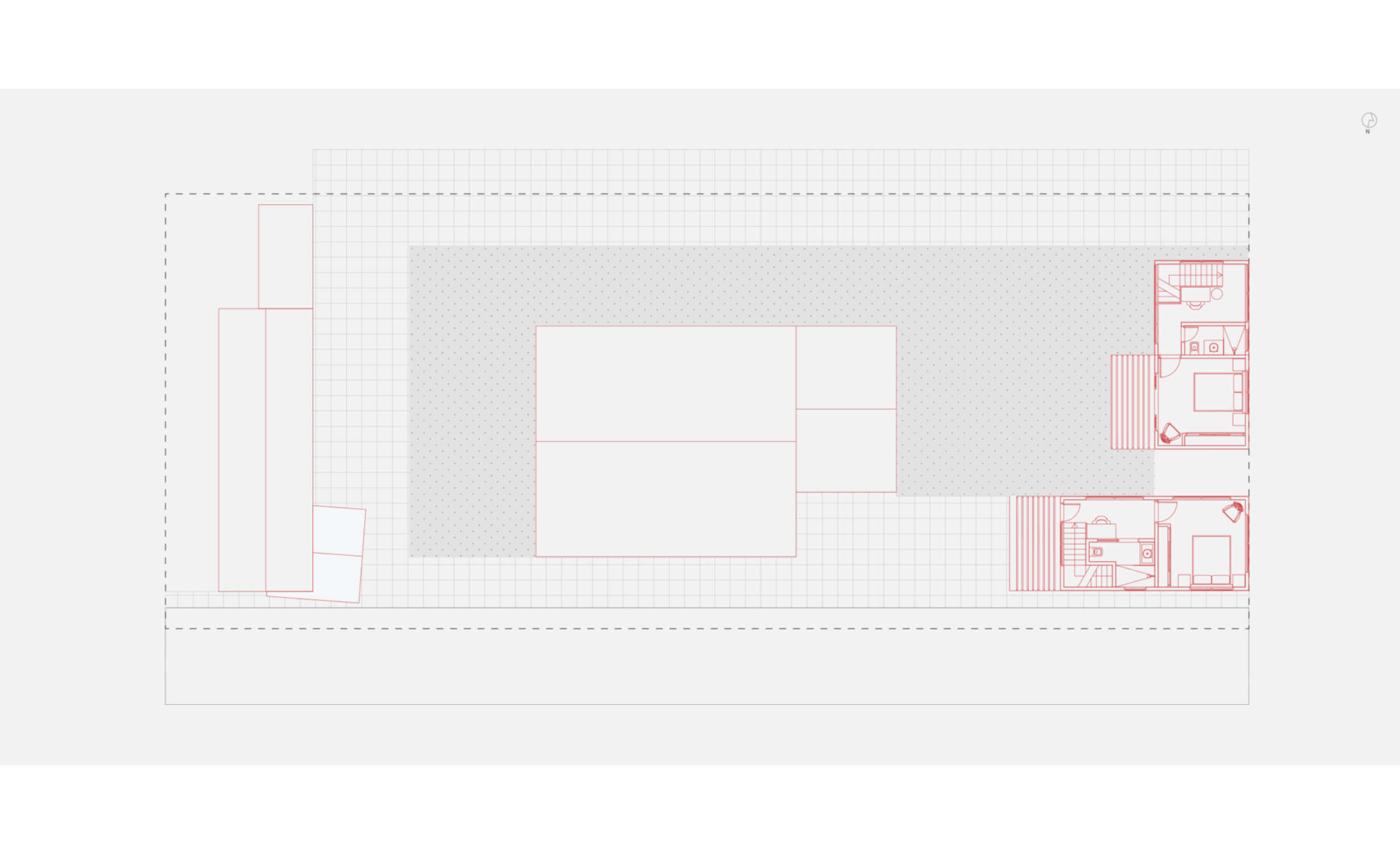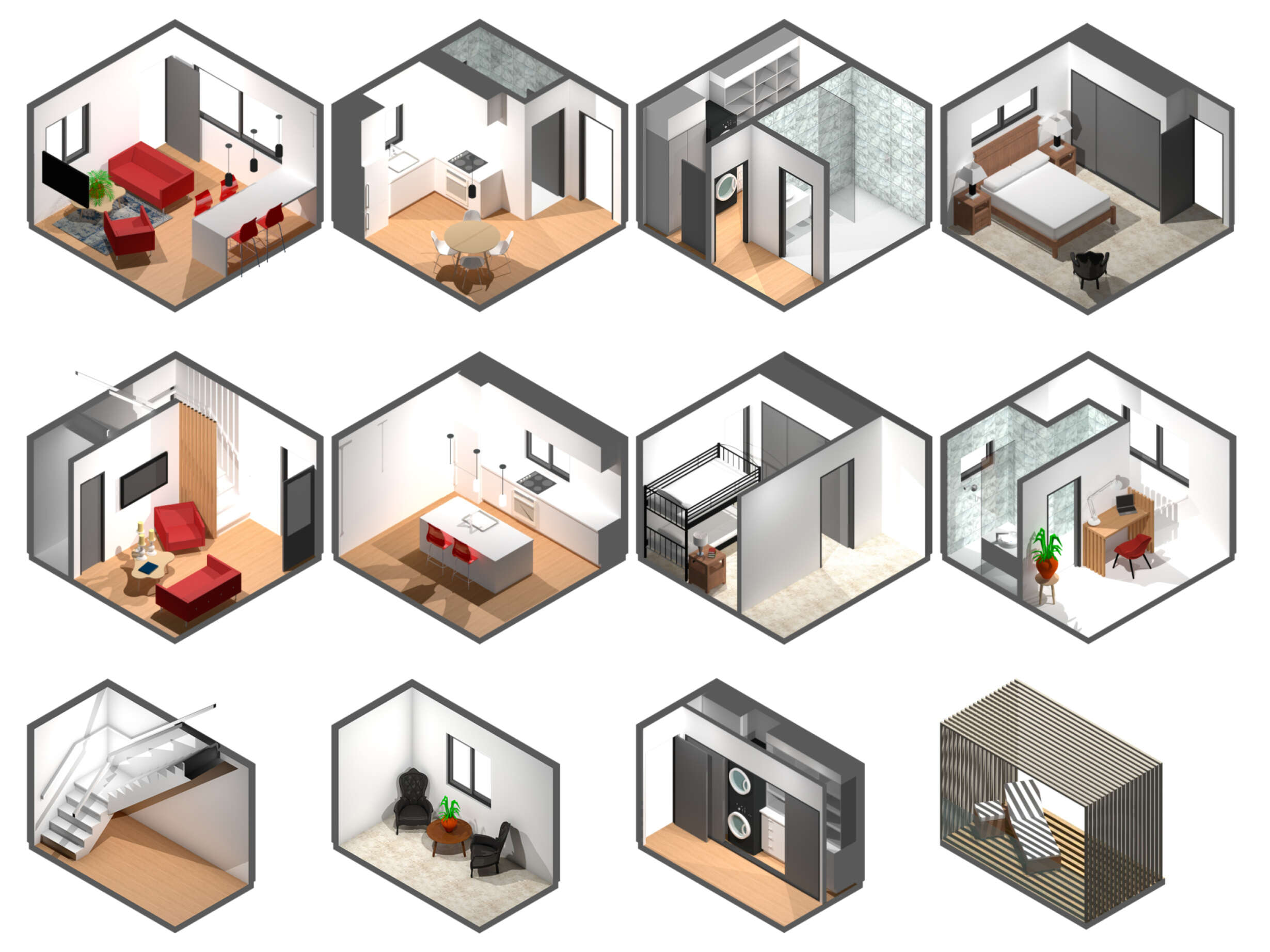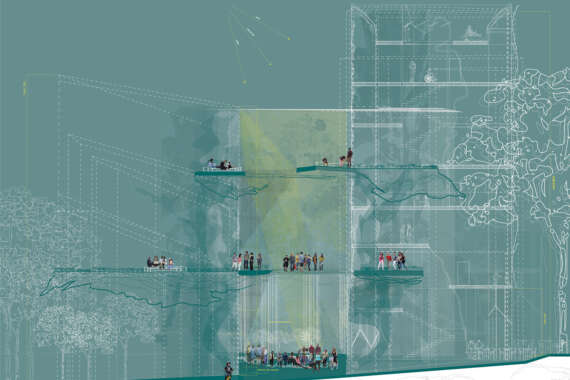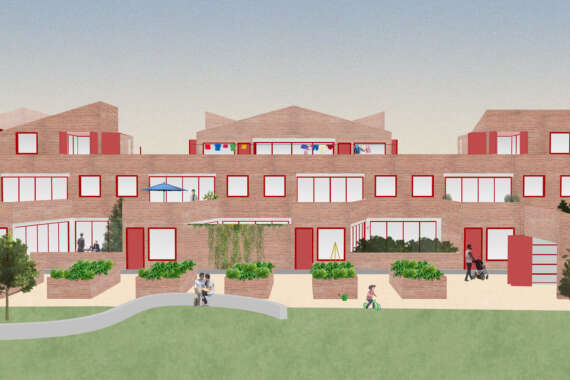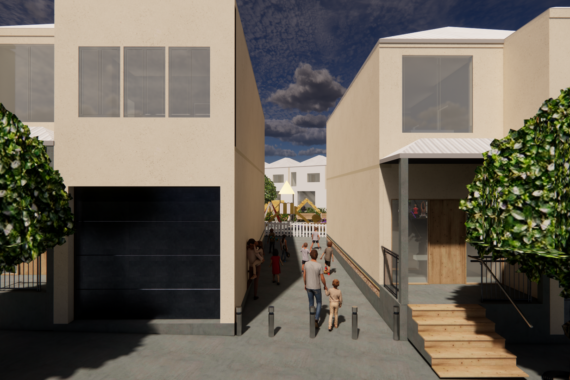Gentle Intensification
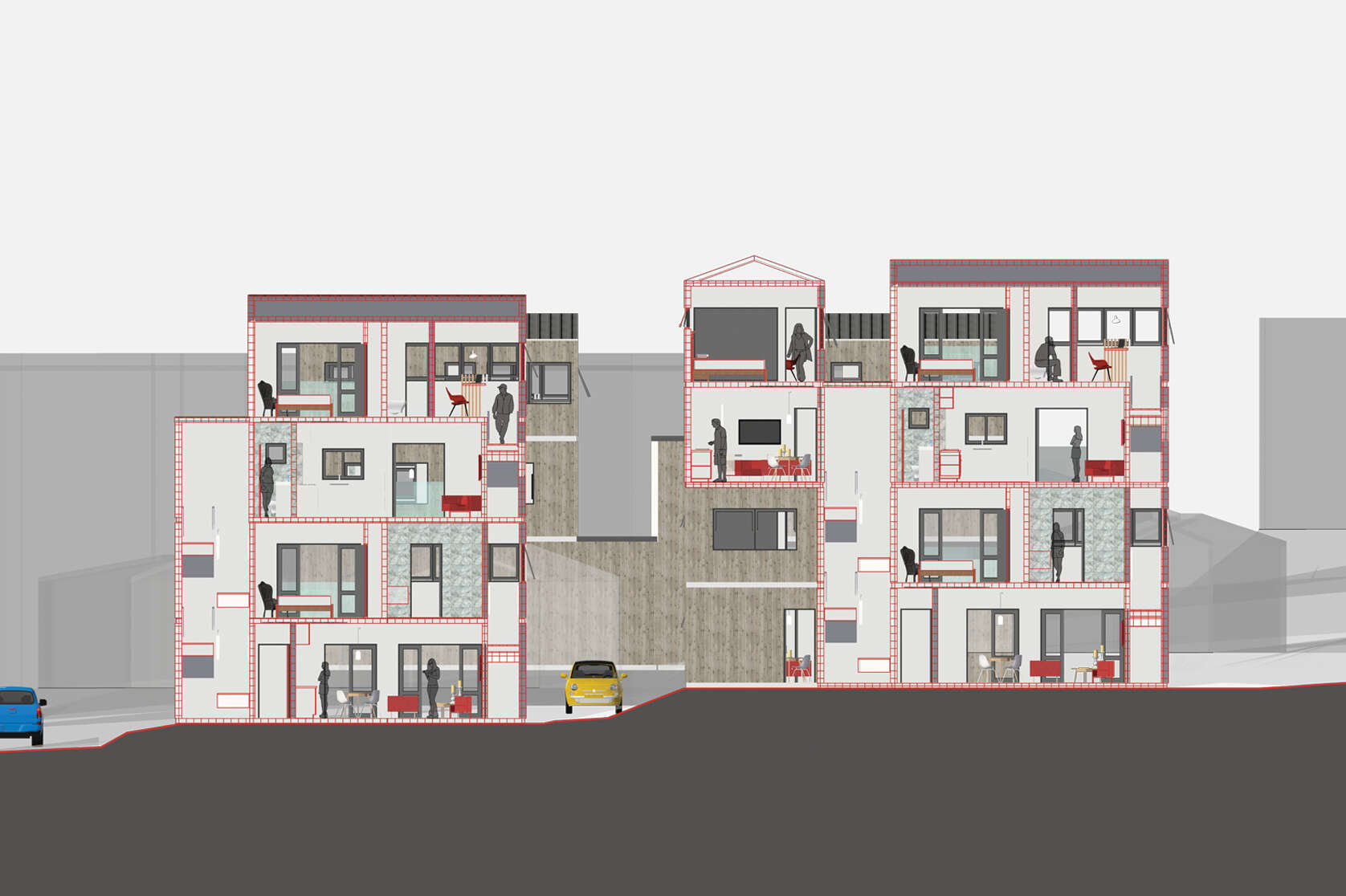
Buildings are crucial to our way of being. Not only are they where we live, work and play but they are also the bases of our economy. Being able to improve and sustain the production of buildings is essential in supporting New Zealand’s economic and social growth. The New Zealand construction industry is a target of the boom-bust cycle, and with the current boom predicted to last longer and peak higher than ever before, the industry is really struggling to keep up with demands. As the population changes over this same period, the country faces the challenge of rapid growth in building production, putting pressure on the cycle and increasing the demand on the performance of the industry.








